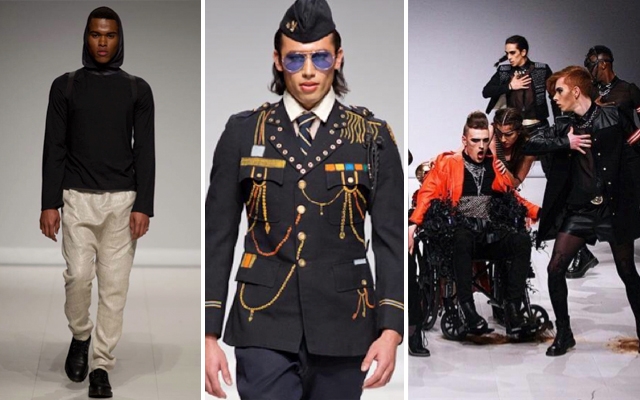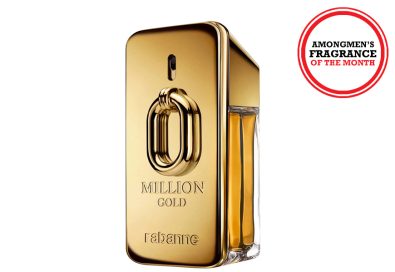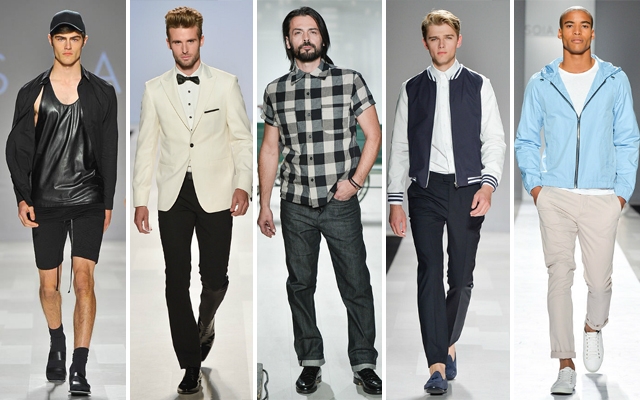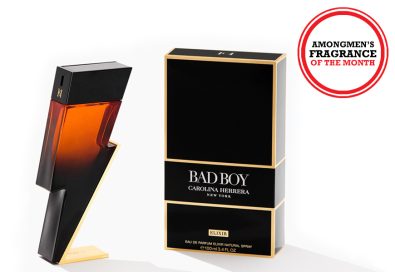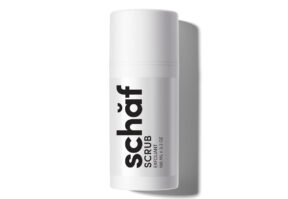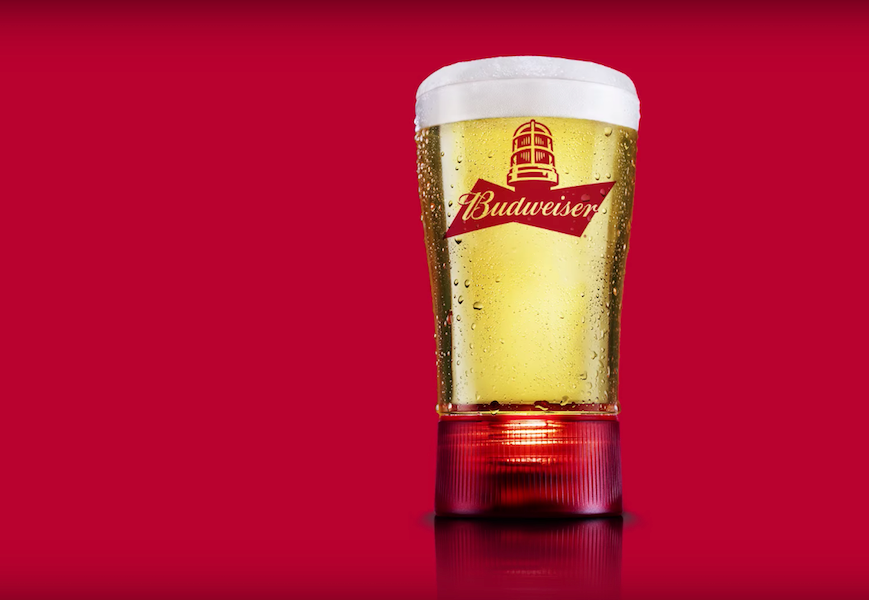It all began this past Tuesday evening when FAT (Fashion Art Toronto aka Arts & Fashion Week) commenced at Daniels Spectrum: a simple yet modern building in the gradually gentrifying Regent Park neighbourhood. FAT can be categorized as World MasterCard’s more innovative but less polished younger sibling. FAT’s focus is on encouraging their artists to be truly pioneering, and while other fashion weeks claim to do the same, FAT actually executes it. You are guaranteed to see things, off and on the runway, you’ve never sartorially seen before.
Some of the highlights on the runway included garments with embedded LED light technology from Seraghadaki, authentic military uniforms by Jepri Studio and full-body latex outfits designed by House of Etiquette (women’s only, that is). But there was one element of FAT that went beyond expectations; a place only the most haute couture generally go: performance fashion.
Performance fashion unites the process of a fashion show with the spectacle of performance art to offer the audience an extravagant and highly stimulating experience. High-end designers have been ‘performing fashion’ for years—let us not forget Chanel’s carousel catwalk or the well-stocked runway grocery store, with checkouts, aisle spills and fresh produce. While FAT artists did not have the space or funds to produce such extreme experiences as Lagerfeld’s, they found a way to wow their audiences through dance.
One of the most memorable dances was a raunchy, Lady Gaga-like, mostly male pop dance by RiaToss Productions. Taking place in a dystopian society, the dance told a conceptual story about the idea of fashion dictatorship. By seeing the clothes in action (selected from 69 Vintage and Amplify Apparel), one develops a new perspective on fashion. Viewers get a chance to witness how the clothes move and live in real time versus just merely walking down the runway. Plus, performance fashion increases audience enthusiasm and attention; guests were standing and cheering, some even dancing themselves. With such benefits, and spectators wanting more and more instant gratification from the fashion industry, it only makes sense that artists are going to continue to use performance fashion. My only request is, when it becomes ubiquitous don’t forget to thank FAT for their contribution, too.

